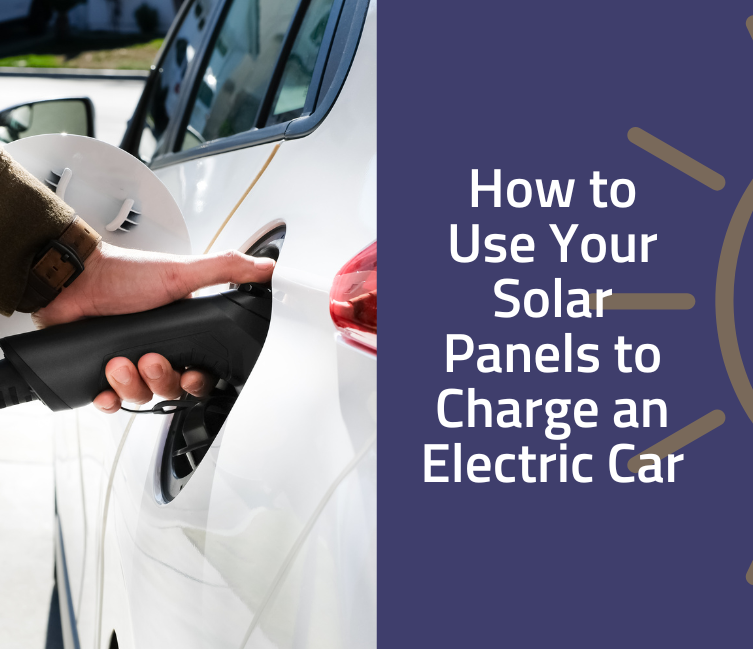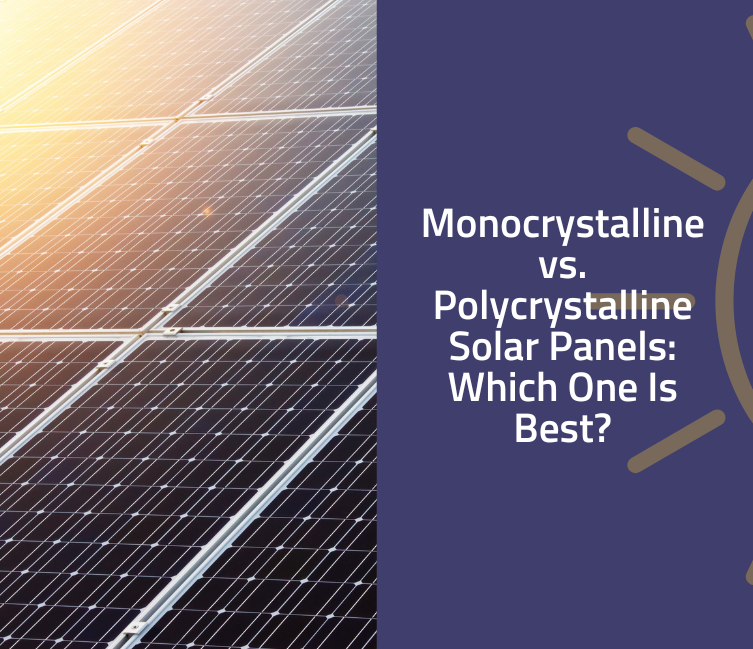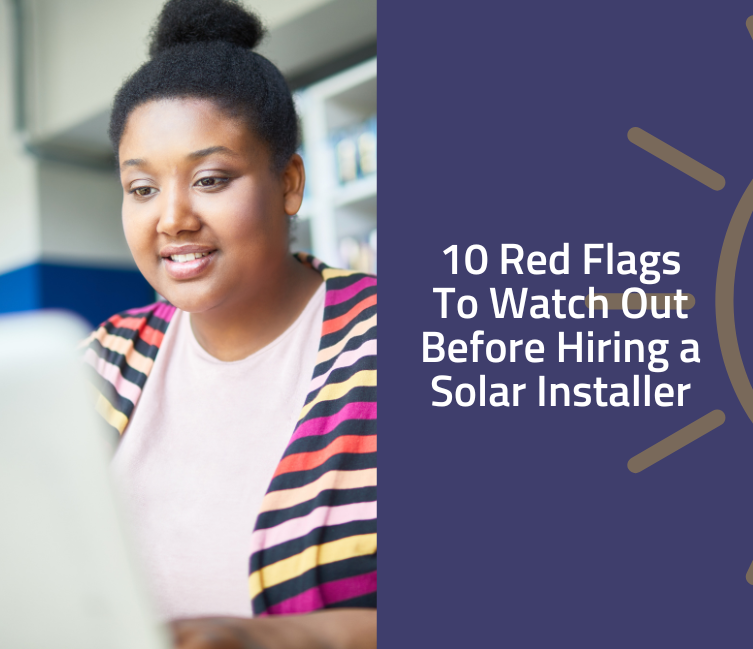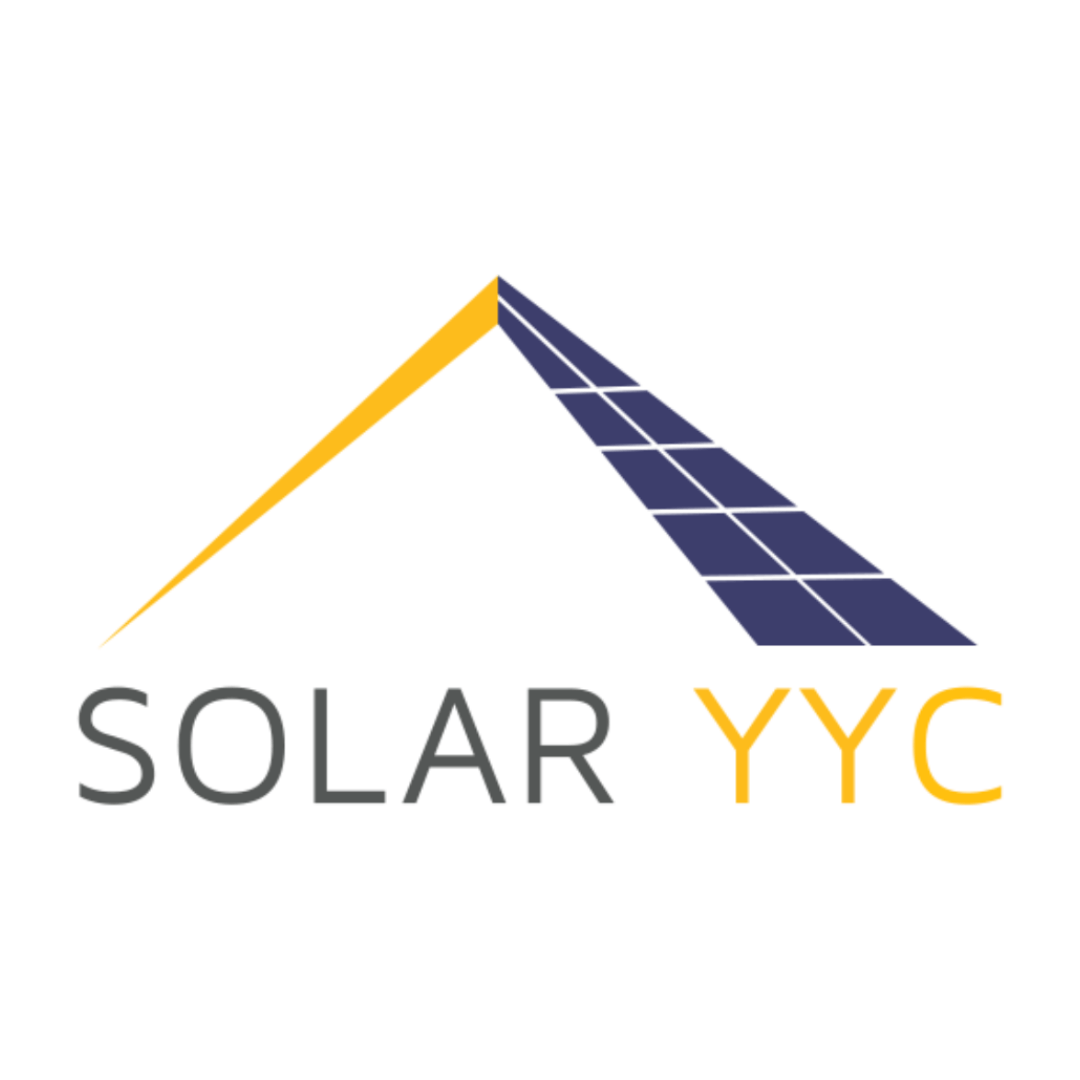How to Use Your Solar Panels to Charge an Electric Car
For eco-conscious people, going solar and driving an electric car are natural choices to align their lifestyle with their goals of contributing to a greener future. If this sounds like you and you already have solar panels powering your home but you charge your car at a station, in this blog, we’ll discuss the advantages of adding an EV charger to your home, and we’ll give you the steps you need to follow to use your solar system to charge your electric car without leaving your house and making sure you’re driving a fully green vehicle. Why You Should Add an EV Charger to Your Solar System Beyond the obvious benefits of the convenience of charging your vehicle whenever you need to and knowing you are driving a car powered with clean energy, using your solar system to charge your EV has other interesting perks: Overall, adding an EV charger to your home is a win-win scenario that offers economic, environmental, and societal benefits to you, the planet, and society as a whole. How to Charge Your EV With Your Solar Panels Without further ado, let’s take a look at the steps you need to take to charge your EV with your panels: 1. Determine the Energy Consumption of Your EV The amount of electricity your EV consumes for a full charge is crucial. This varies depending on the vehicle model, battery capacity, and charging efficiency. You can find this information in the vehicle’s specifications or manual. 2. Determine the Charging Frequency How often you charge your EV and how much energy you use between charges will influence your energy output needs. If you charge your EV daily or have multiple EVs, you may need more solar panels to meet your energy demands. As a rough estimate, it takes 7 to 12 panels to charge an EV, depending on the weather, your driving habits, and your car model. We recommend contacting your solar installer to discuss a potential system expansion if needed or what other options are available for your specific needs. 3. Charger Installation and Essential Considerations It’s important to ensure that the charger is compatible with your solar system’s inverter and designed to handle its voltage and amperage because it will draw electricity from the solar panels via the inverter. Installing an incompatible charger can lead to several issues: 4. After Installation, Follow Up Once you install the charger and start using it, keep an eye on your solar system’s performance to ensure it generates enough electricity to charge your EV. If you notice abnormal energy fluctuations or the charger malfunctions, contact your installer company for further assistance. Another Way to Take Advantage of Your Panels Installing an EV charger to charge your car with the energy your solar panels produce is a convenient add-on that will not only make your life easier but also help support your eco-conscious lifestyle. However, to avoid damage to your solar system, it’s essential to keep in mind the considerations we discussed above before starting your charger project. If you are looking for a professional installer to help you install a charger that suits your needs, contact us.








